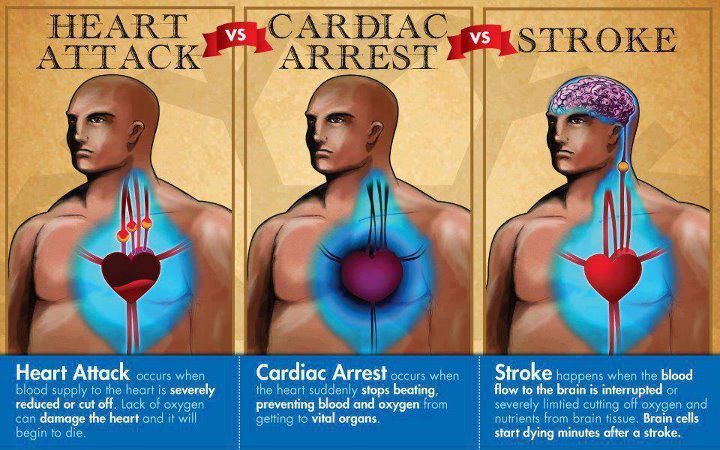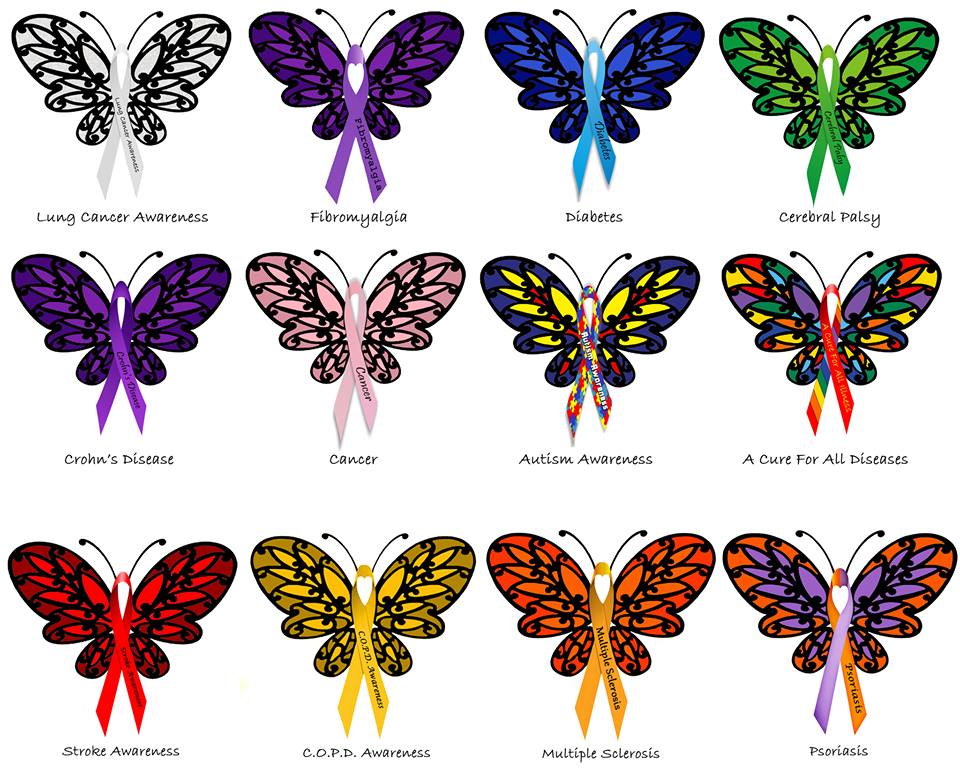1 in 4 deaths worldwide from conditions caused by thrombosis
It is estimated that every 6 seconds a person dies from VTE globally
In England alone, 25,000 people die each year from venous thromboembolism (VTE) contracted in hospital
Thrombosis is often the underlying cause of heart attack, thromboembolic stroke and VTE, the top three cardiovascular killers
World Thrombosis Day aims to increase global awareness of the often overlooked and misunderstood condition of thrombosis
Many people know about the risks for breast cancer or heart disease, but most aren’t aware that 1 in 4 people worldwide die from conditions caused by thrombosis, more commonly known as blood clots.
Many, if not most, cases of thrombosis are preventable, and yet too many patients slip through the cracks. Approximately 60 percent of VTE cases happen to patients during or after being hospitalised or undergoing surgery. In the UK alone, up to 1 in every 1,000 are affected by venous thrombosis. This figure is higher than the combined total deaths of breast cancer, AIDS and traffic accidents, and costs the NHS an estimated £640 million annually.
Thrombosis is common, but general awareness about the condition is very low. In a 2014 global survey of nine countries conducted by the International Society on Thrombosis and Haemostasis (ISTH), only 68 percent of those surveyed were aware of blood clots, much lower than awareness of other potentially life-threatening health conditions such as hypertension.
Although thrombosis can affect anyone, those who are age 60 or older are at a higher risk, as are individuals undergoing surgery or cancer treatment, people who undergo long periods of immobility and women who are pregnant. That’s why it is so important for people to understand the risks factors, be able to recognise the signs & symptoms, and ask their doctors for a VTE risk assessment if they are hospitalised.
Because 1 in 4 people worldwide are dying from conditions caused by thrombosis, it will therefore be impossible to reach the World Health Assembly’s global target of reducing premature deaths from non-communicable disease by 25% by 2025 unless we address thrombosis.
This year, more than 550 medical and health organisations from every continent will participate in World Thrombosis Day, embracing thousands of educational events and bringing together in partnership patients, healthcare professionals, policy makers, research and industry supporters to place a global spotlight on thrombosis as an urgent and growing public health problem.
Thrombosis is the formation of potentially deadly blood clots. Blood clots can form in the artery (arterial thrombosis) or vein (venous thrombosis).
Deep vein thrombosis (DVT) is when blood clots in a deep vein (most often the leg)
Pulmonary embolism (PE) occurs when a blood clot breaks loose and travels to the lungs
Collectively, DVT and PE are known venous thromboembolism – VTE.
World Thrombosis Day (WTD) focuses attention on the often overlooked and misunderstood condition of thrombosis. It embraces thousands of educational events across the world, and brings together in partnership patients, healthcare professionals, policy makers, research and industry supporters to place a global spotlight on thrombosis as an urgent and growing public health problem

World Thrombosis Day 2016




